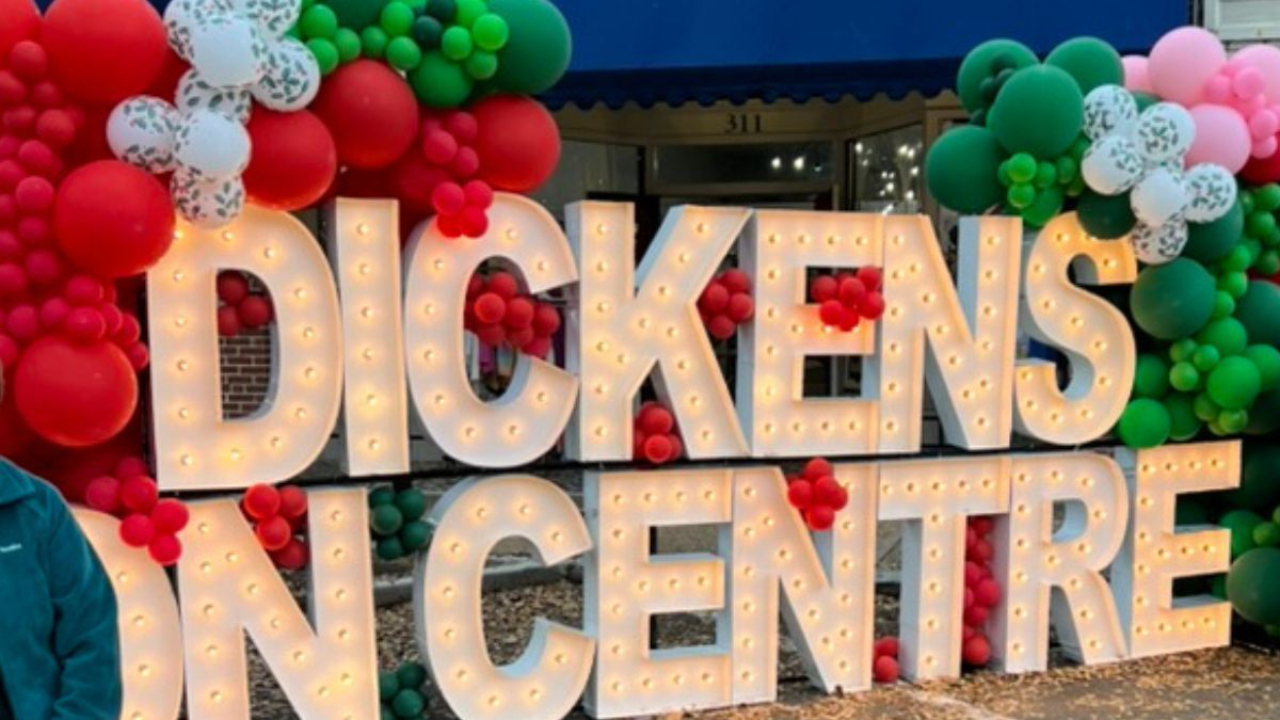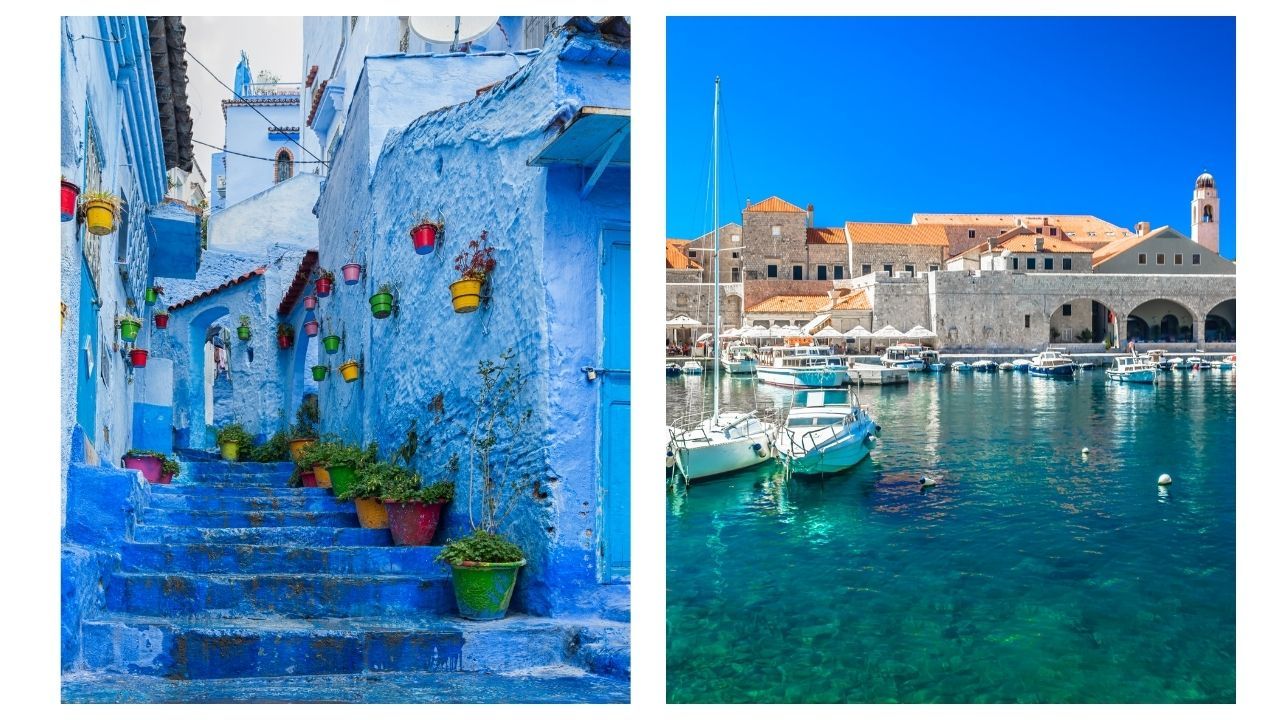Japan Itinerary: Hidden Gems, Travel Tips, and Local Experiences from a Recent Traveler

We interviewed Melissa's sister Stephanie about her recent trip to Japan and thought it would be helpful to share some of her thoughts about Japan here with some pictures and links. You can listen to the entire episode here. Some links are affiliate links. See our disclosure.
Japan Hidden Gems, Travel Tips, & Local Experiences with Stephanie Yeargan
Q: You’ve just returned from a trip to Japan, tell us what took you on this trip and how long were you there.
A: One of my friends and travel buddies had a conference for work in Tokyo so decided to extend her trip and have me join her for a joint 40th birthday trip since we both turned 40 this year! I was there for 10 days/9 nights plus a night on the plane on the way home :)

Hiroshima Peace Park
Q: What was your initial impression when you arrived in Japan? Did anything surprise you right away?
A: I went in August and it was very hot and humid which I knew it was going to be but the humidity caught me off guard! As soon as I got off the plane and was walking through the airport I saw many signs warning visitors about heatstroke and the importance of staying hydrated in the summer.
I also knew Japan was having a moment with tourism especially post-COVID after Japan open backed up and with it being more affordable due to a weak yen but I was surprised just how busy and crowded it was even with the heat.

Sensoji Temple at Night
Q: What are the different places you visited during your trip and how did they differ from one another?
A: Our itinerary was Tokyo-Kyoto-Hiroshima-Tokyo with a side trip to Osaka and Miyajima. Tokyo is the biggest city in Japan and I would venture to say almost every traveler includes Tokyo as part of a trip. Tokyo has this mix of new and old that I really love. Kyoto had been a bucket list of mine for a while because of its cultural and historical significance and it far exceeded my expectations. I only had time to go to Osaka’s Dontobori district for the lights one night. Hiroshima was also included as part of our itinerary because of history and it was also nice to be closer to the coast. I found the people to be very friendly in Hiroshima. Miyajima island was a scenic boat ride away from Hiroshima and I loved getting out on the water and seeing mountains in every direction I looked.

Osaka at Night
Q: What was your favorite day or experience of the trip? Can you take us through it?
A: Our first day in Kyoto was one of my favorite days partially because I was so excited to be there. We started the day at the iconic Fushimi Inari shrine walking through the torii gates. Then got shaved ice to cool down on the walk back to the train station where we went to Nishiki market for lunch. We decided to find somewhere cool where we could sit down (if you get food from market stalls there’s no seating) so went to Nishiki Sushi Shin for an amazing, long sushi lunch where we watched the chef make the sushi in front of us. Then we went to a pig cafe where we got to snuggle with mini pigs before heading back to the room for an afternoon nap. We ended the day at a geisha show in Gion where we got to ask a maiko (younger than 20 years old) questions through a translator, see a dance, and some attendees got to play a traditional game with her. My friend beat her and everyone was shocked! Then the translator recommended a nearby curry and tempura restaurant that was yummy. We enjoyed the walk back to our hotel with the traditional architecture lit up at night.

Fushimi Inari
Q: Were there any challenges you faced when getting around, or did you find the transportation system easy to use?
A: I found the public transportation system to be very easy to use especially with Google Maps helping. You could get a transit pass through your Wallet on your phone (I used Suica), reload it, and swipe in for the subway or bus. Buses do also have change machines on the bus so you can make the right change. There were a few times that I needed help but just asked for it from another passenger or a worker. The bullet train was also simple to use and we just bought our tickets at the kiosk day of for all but one of our legs. You may want to reserve in advance during high peak season but we didn’t have any issues and it gave us flexibility with our schedule. You can call taxis with your Uber app and the driver will open the taxi doors for you.

Bullet train in Japan
Q: Were there any off-the-beaten-path destinations or hidden gems you discovered that most travelers might not know about?
A: The (vintage) garden train between Kyoto and Osaka is a hidden gem- it only runs on the weekend and is the cutest train ride I’ve ever been on. The train car I choose had a zen garden that I sat across!
Dontobori boat cruise in Osaka is a relaxed way to see the lights without getting in the crowds
Wander around Kyoto’s Gion geisha district (Southern Higashiyama) and pop into an off-the-beaten path temple like Kennin-ji which has a Zen garden.
Reserve the vegan temple lunch at Tenryu-ji in Kyoto
It’s more expensive than the the ferry but take the world heritage sea route boat from Peace Memorial Park to to Miyajima island to see the floating torii- stay for sunset if you can
Book a hotel with an onsen- also check out the foot onsen at the train station if you go to the bamboo forest

Bamboo Forest
Q: How did you go about planning for this trip? Did you do any specific research before going?
A: One of the first things I did was a brain dump with another friend who travels to Tokyo often on business to get all her recommendations. I also talked to a couple of other friends who’d been to Japan in the past few years and had them share their itineraries and advice with me. Something I like to do when I plan trips with other people is ask each person what their top experience or wish is for the destination.For example, my friend had animal cafe, culture performance and gardens on her list. I had geisha experience, onsen, and tea ceremony/teahouse on mine. That way you can make sure to plan around must dos for each person. I downloaded the Japan Lonely Planet from the library on the Libby app, also did research online (I’m old school and still love blogs) and did some Instagram searches. I like to look up National Geographic itineraries for ideas- if it’s good enough for NatGeo it’s good enough for me!

Japanese Tea Ceremony
Q: What did you book ahead of time vs what did you play by ear?
A: We booked hotels ahead of time (and then even more hotel rooms due to COVID) and as I mentioned before one of our train legs. We reserved our geisha show, traditional tea ceremony and vegan lunch at the temple in advance and the pig cafe day of because you had to have a reservation but otherwise didn’t book in advance which was nice so we could be flexible. Most temples are free so no need to book and those that aren’t you can buy tickets on site easily. You don’t need to reserve most restaurants.

Sukiyaki at Asakusa Imaham
Q: Was there a moment where you really felt connected to the local culture, like during a tea ceremony, visiting a shrine, or something else?
A: The tea ceremony we participated in made me really feel connected to the local culture especially because our hostess explained a lot about the why behind various aspects of the ceremony. It made me slow down, be present in the moment and appreciate the culture and history.
The first temple I went to on this trip was the Meiji shrine in Tokyo and before you enter you should go through the purification ritual to show respect to the culture- there’s a wooden dipper that you use to wash both your hands and rinse your mouth. Something about going through those steps helped me feel connected to the rituals and customs of the country.
After lunch at the Tenryu-ji temple, I exited and bought a ticket to the inner area of the temple (I’d already explored the gardens) and found a place to sit with a view to just look out and enjoy the temple and gardens out of the heat.
In Hiroshima in particular, I found the locals to be very friendly and helpful. I had a couple of people strike up conversations with me to recommend a restaurant or help me with the streetcar- it reminded me that connecting with people is a large part of feeling connected to a culture. Also every day things like riding the subway, bus, train.
At the end of the trip when we were back in Tokyo we stayed in the historical neighborhood Asakusa and visited the famous Sensoji temple at night which was less crowded, cooler and even more beautiful with the lights. Then when we went to the Tokyo National Museum there was a copperplate ink print from the 19th century (Edo period) of the Sensoji temple
And of course trying all the local food and drink- I literally had a food list tab on my planning spreadsheet for this trip so I made sure I didn’t miss anything!

Shinjuku at Night
Q: For someone visiting Japan for the first time, what would be your top recommendations for things to do or see?
A: I would definitely start with Tokyo since it epitomizes Japan in my mind- it’s a must see. I would recommend spending time in more modern neighborhoods like Shinjuku, Shibuya, Haranjuku and Ginza but also the historic neighborhood of Asakusa. Kyoto now tops my recommendation list because I loved it so much and it makes a good base for day trips (based on your interests you could go to Osaka, Nara or Himeji Castle). Definitely go to the bamboo forest- it’s so beautiful and peaceful and nice break from shrines/temples. Pick a few temples, castles and museums to prioritize since you can’t see them all. I would absolutely recommend a traditional Japanese tea ceremony and/or geisha encounter.

Sensoji Temple at Night
Q: Do you have any travel tips for listeners, whether it’s about packing, planning, or navigating the country?
A: For almost everywhere but Japan in particular pack light! For navigating city streets and trains it’s easiest to just have a carry on bag with a personal item. Every hotel we stayed in had paid laundry facilities so plan to do laundry once or twice during your trip and mix and match outfits. Or if need to travel with a bigger checked bag look into suitcase holding companies in Tokyo such as Bounce since there luggage limits on the trains. Pack an extra collapsible duffel or bag to bring souvenirs home.
When planning, have a rough idea of everything you want to see, do and eat but also be adaptable and flexible when inevitable hiccups happen (ex. COVID, typhoon).
Don’t be afraid to ask for help when navigating- it makes for lovely encounters! Also make sure you have room in your purse and bag for garbage since there aren’t many trash cans in public (which is so interesting because it’s very clean).
Before arrival, use the Japan entry app for faster service entering the country at the airport.

Packing Light for Japan is a must!
Q: If you were to return to Japan, is there anything you missed or would do differently next time?
A: There’s more to explore and there are still areas of Tokyo that I haven’t been to. Since my 5 year old wants to go to Japan when he’s 8 years old (I told him he had to stay home this time to go to school), I would definitely put Tokyo Disney Sea on the list (it’s shockingly affordable). I’d also like to take my husband to a baseball game. I would want to do a day trip to Kamakura fortress Tokyo to see the Great Buddha and other sights. I’d like to stay in Hakone for a chance to catch a glimpse of the elusive Mt. Fuji (I’ve only see it from an airplane once) and sleep in a traditional ryokan with an onsen. If I went back to Kyoto, I’d want to do a day trip to Himeji Castle and also Nara. I wouldn’t go back again in summer due to the weather including the possibility of typhoons- spring or fall would be ideal!

Shopping in Ginza - buy the Paris-Ginza tea
Learn more about Stephanie's travels and get more tips on her blog, A Friend A Far.
Japan Itinerary & Useful Links for Japan:
Japan in general
Visit Japan (for arrival procedures- immigration, customs)
Suica (add a card to Apple Wallet)
Maikoya (geisha show, tea ceremony, etc)- Kyoto and Tokyo
Mipig cafe- Kyoto, Hiroshima and Tokyo
Ippodo Tea- Kyoto and Tokyo
Tokyo
Tokyo Metropolitan Government Building Observatory (free)
Meiji Jingu Shinto Shrine (free)
Senso-ji Temple
Tokyo National Museum (walk around Ueno Park too)
Tokyo Imperial Palace and Gardens
Ginza Kagari for ramen
Asakusa Imahan (go for sukiyaki or shabu shabu- lunch is more affordable)
Naruto Taiyaki in Asakusa
Turret Coffee Tsukiji on the way to the market
Mannekan Belgian waffle (Ginza shopping break)
Mariage Frere Ginza store (buy the Paris-Ginza tea)
Ginza Itoya Stationary store
Kappabashi Dougu Kitchen street
Kyoto
Hotel Vista Premio Kyoto Kawaramachi St (centrally located but would like to stay in Gion next time)
Fushimi Inari Shrine (free)
Gion temples: Kiyomizu-dera, Yasaka Pagoda/Hokan-ji Temple (free)
Kennin-ji temple Zen garden (free)
Arashiyama Bamboo Forest (free)
Shigetsu Zen Vegetarian restaurant at Tenryu-ji temple (gardens and inner area of the temple require two tickets)
Kinkaku-ji Golden Pavilion
Omen- Shijo Ponto-cho for udon
Osaka
Kyo-train Garaku (garden train between Kyoto and Osak- weekends only)
Tombori River Cruise (in Dotonbori)
Hiroshima
Randor Hotel Hiroshima Prestige (within walking distance of train station)
Candeo Hotels Hiroshima Hatchobori (has an onsen)
World Heritage Sea Route to Miyajima (departs from Peace Memorial Park)
Itsukushima Shrine (iconic floating torii- stay for sunset)
Okonomi-mura (for Okonomiyaki Japanese pancake)
Packing
Packable Duffel for souveniers













